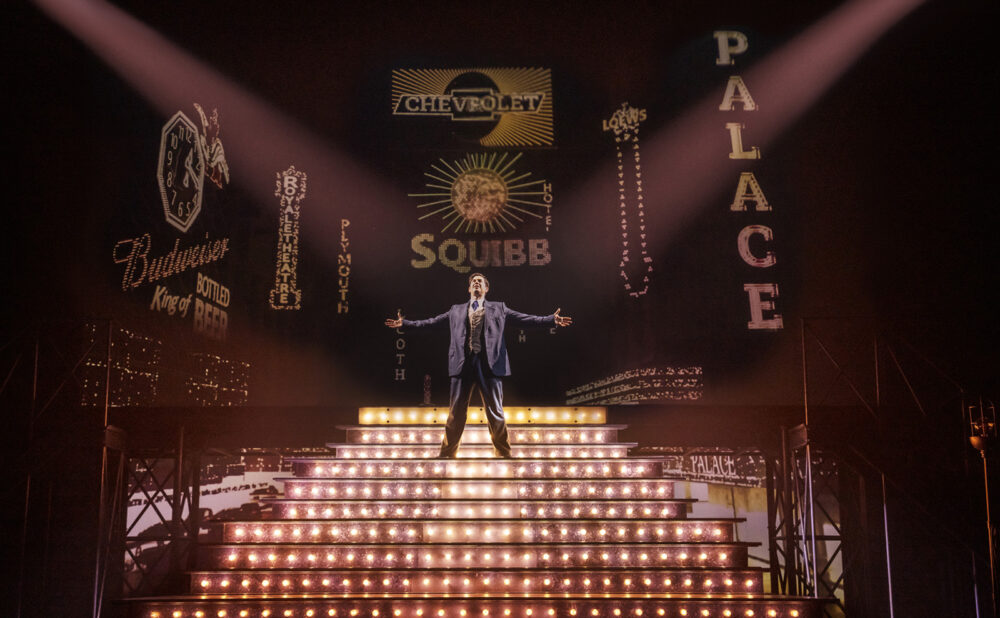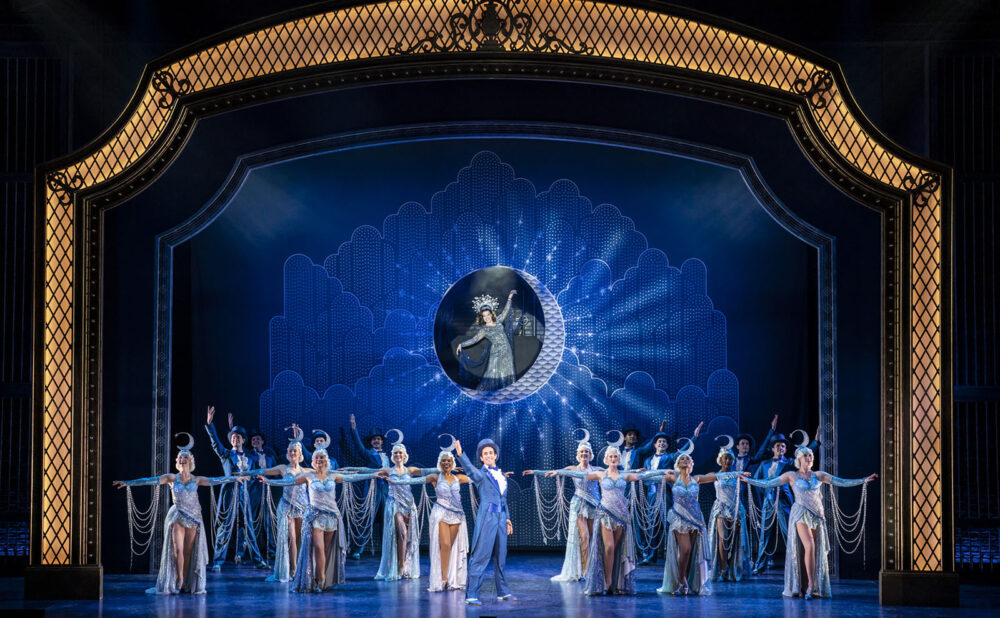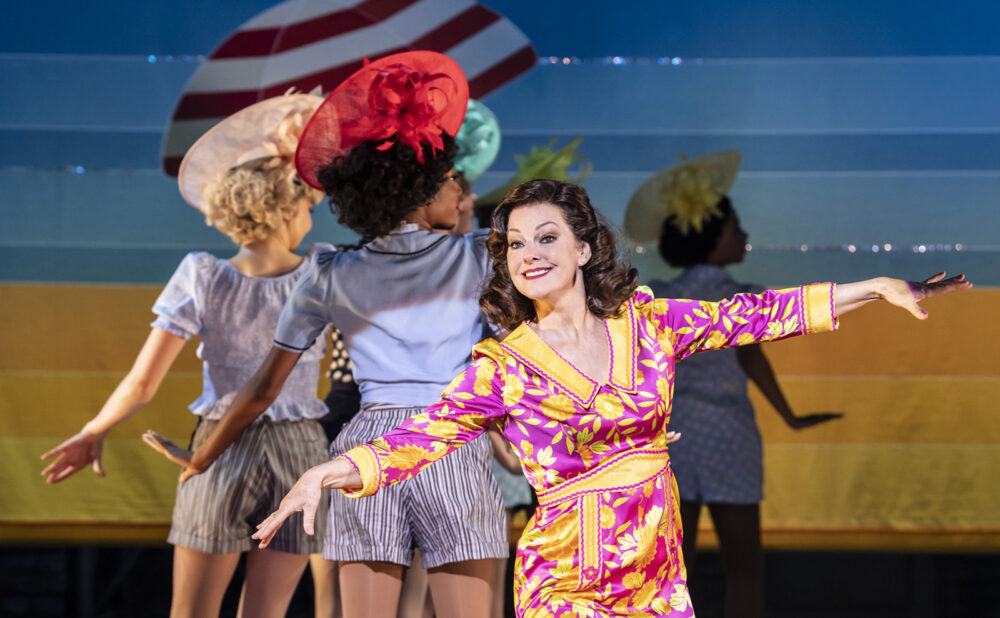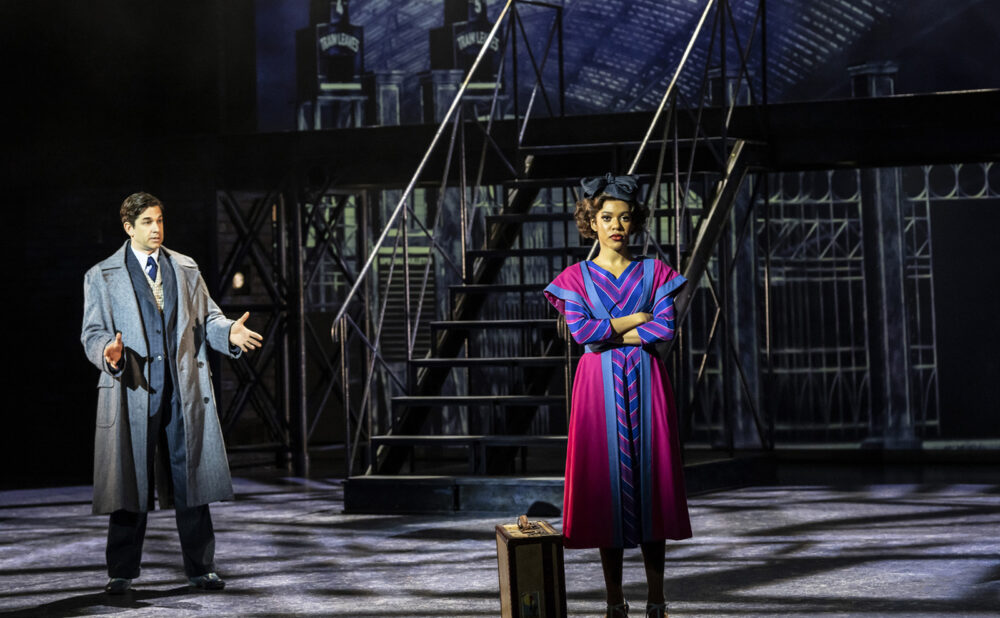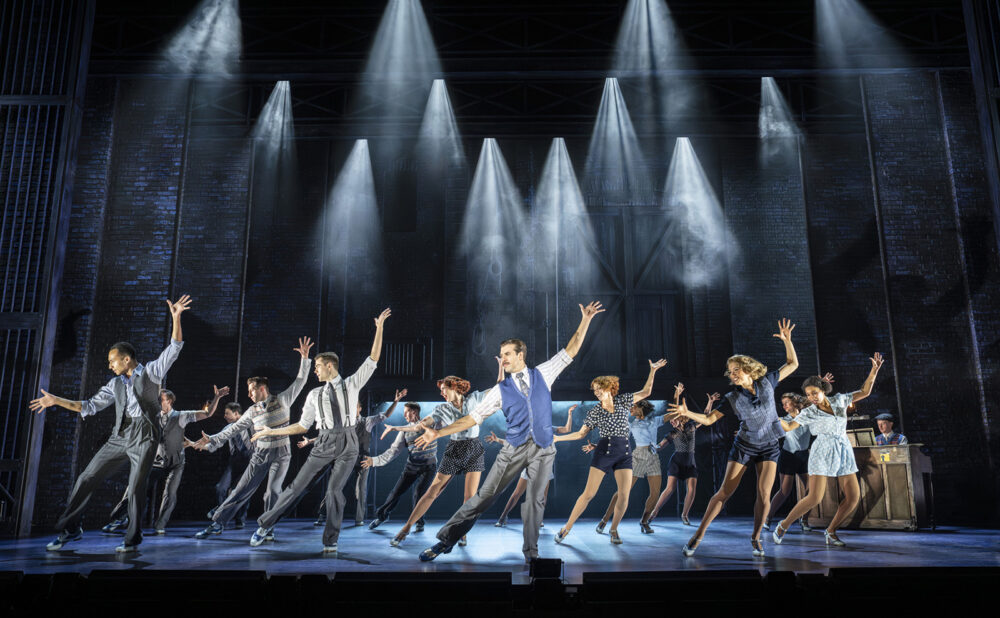Review: ‘42nd Street’ at Mirvish is delightfully old school
Glitzy, overlong musical features energetic tap dancing galore
What: 42nd Street
Where: Princess of Wales Theatre, 300 King St. W.
When: Now, until Sun., Jan. 21
Highlight: Olly Christopher’s sparkling tenor high notes
Rating: NNN (out of 5)
Why you should go: It’s a solid, transportive ode to an era gone by.
THE GRIME AND GLITZ of old-school showbiz comes to seething life in the 1933 Warner Brothers picture 42nd Street, a biting Busby Berkeley backstager about a big-shot director attempting to recover from the Great Depression by putting on a musical revue.
Producer David Merrick’s 1980 Broadway adaptation of the film won over audiences with expensive design and a dazzling chorus line of approximately 40 tap dancers. The latest British touring production of the show, now at Mirvish, is smaller in scale, with a cast of around 25 and projections replacing a couple key set pieces. Still, Jonathan Church’s energetic production captures the piece’s lively spirit — at first, anyway: as it goes on, it loses steam slightly, with two hours and 40 minutes ultimately proving a rather long runtime for a pared-down production of a show primarily consisting of tap dancing.
“Musical comedy — the most glorious words in the English language!” That famous line may be meant as a joke, but its speaker, the domineering Broadway director Julian Marsh (Adam Garcia), means it with all his heart. Despite this genuine love for the medium, he’s forced to cast washed-up diva Dorothy Brock (West End star Ruthie Henshall) in his comeback show Pretty Lady, as it’s the only way to secure an investment from her sleazy, cowboy-hat-wearing admirer Abner Dillon (Anthony Ofoegbu).
Then in walks Peggy Sawyer (Nicole-Lily Baisden), a hoofer from small-town Pennsylvania with supernatural talent and a cheery demeanour. She wins herself a spot in the ensemble and the show heads off to Philadelphia for a short tryout engagement. With an accident-prone lead and a hyper-talented chorus girl in the same cast, one can easily predict where 42nd Street eventually goes.
Many musical comedies of this sort spend far too much time on their weightless plot, but 42nd Street breezes through, always eager to get to the next number. Choreographer Bill Deamer stages the show’s jazzy tunes (by Harry Warren, Al Dubin and Johnny Mercer) with significant electricity, often succeeding at making the cast seem bigger than it is. And designers Ben Cracknell (lighting) and Robert Jones (set/costumes) bring the needed flash, with lightbulbs lining the proscenium and a giant glowing staircase occupying centre stage.
Dorothy is a mighty tricky role: she has to be untalented enough that Julian’s unhappy yet still good enough that she’s watchable. Henshall walks this tightrope elegantly; Dorothy is clearly a worse performer than Peggy (thanks to strange diction and the occasional out-of-tune note), but only subtly — it’s believable when the former eventually offers the latter advice regarding stage presence. Other standouts include Baisden (she makes the dancing look easy, key for Peggy) and Olly Christopher (his high notes sparkle).
Church’s production effectively sells Act One’s silliness. But the more dramatic Act Two occasionally falls flat — though, as Julian points out, hundreds of jobs are riding on Pretty Lady succeeding, the fictional show never feels as big a deal as it should. This is partly due to Garcia’s easygoing performance; I’m not sure why Julian isn’t more upset by his musical’s out-of-town troubles.
If, like me, you love cheesy portraits of old-timey New York, 42nd Street will probably give you chills throughout. Nothing about this production is ground-breaking — but it’s a solid, transportive ode to an era gone by.

